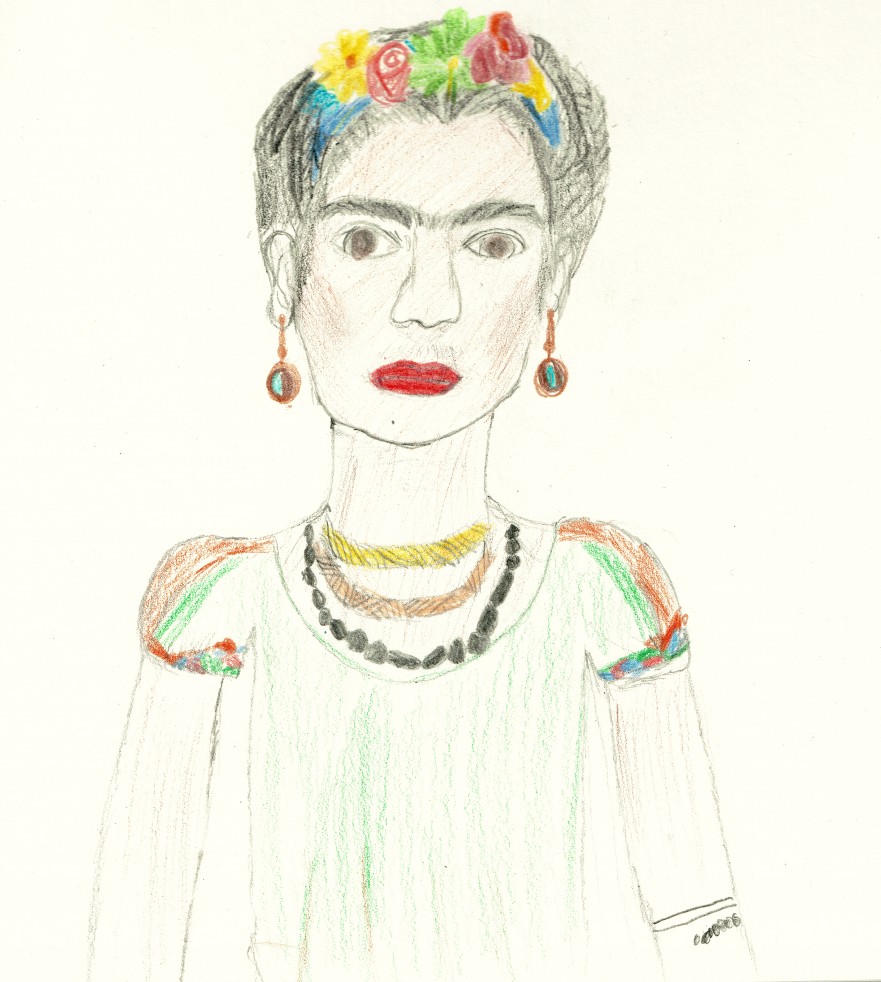As the year ended for my students and me, and we finally received their AZELLA results, I examined the test scores with a mixture of mostly pride in my students’ progress, along with a bit of sadness and a good dose of worry. The worry stemmed from the scores of those students who seemed to need more than what my English Language Development class offers. To be direct, I wondered how many of my EL’s would remain in ELD longer than necessary because they had trouble processing language for one reason or another, rather than simply needing to learn more English. Although most teachers wonder if they have done enough at the end of the year, I know for a fact our system does not do enough for certain groups of students. One of those groups is EL’s who could be dyslexic or have other learning disabilities. Earlier in the year, I blogged about the importance of serving students with dyslexia, and the current state of educationf for student with dyslexia in Arizona. Although it will be a while before there are structures in place to focus in on the English learners, Arizona is moving forward.
As mentioned in my previous blog about our state’s status in supporting students with dyslexia, it looks as though Arizona is beginning to make progress. Several districts have successful elementary or early childhood programs to address dyslexia, and, after legislation sponsored by State Representative Jill Norgaard (R) LD-18, the Arizona Department of Education has published a technical handbook on dyslexia. A broad coalition of partners in state government, education and parent groups worked on the legislation and the book itself. In addition, parent groups and legislators have partnered to pass laws in recent years which define dyslexia, and allow for students who have been or are being evaluated for dyslexia to pass from 3rd to 4th grade in case they do not meet the cut score for AZMerit. In addition, they have developed and passed laws ensuring that training in dyslexia interventions will count toward teacher recertification requirements.
And even more efforts have been underway this year to implement what works. A grassroots effort including parent advocates, Kyrene school board member Bernadette Coggins, state legislators including Representative Norgaard, representatives from nonprofits such as First Things First , local business leaders, and researchers and students from ASU’s Speech and Hearing department, is now resulting in an exciting new pilot program in the Kyrene district.
My friend, long-time teacher and dyslexia expert Sharon Hanna was hired by Kyrene this year to begin to help implement the new program.This year, the pilot program, sponsored by the Burton Family Foundation, implemented intervention at one preschool using a version of Lindamood Bell’s Lips program to increase phonemic awareness in preschool students at risk for future reading deficits. Phonemic Awareness is the foundational skill need for reading. In her position, she sees a limited caseload of students, ranging from grade 2 to grade 8, where she teaches them using the traditional Orton Gillingham approach. She also spends time screening students that teachers refer to her or when a parent calls and requests support. A major frustration for Sharon is that, “A diagnosis must come from a medically licensed neuropsychologist for schools to include the diagnosis in a 504 plan or an IEP. This is a difficult for many parents seeing as insurance does not cover this type of testing and it is very expensive. Regardless we can identify students with key indicators of dyslexia and begin helping them.”
The most promising and far-reaching aspect of her job is that she will be training other teachers and instructional support staff to identify students with dyslexia and to provide needed interventions. The goal of the program is to create a sustainable system that will identify students and provide effective interventions by grade 3, so that these students can get on with the business of reading to learn, and not get stuck without learning to read. So, in the future we will hopefully see the hiring of additional teachers trained in the Orton Gillingham methodologies to support students with dyslexia.
As I mentioned in the previous two blogs, two factors that often keep schools from identifying and helping students with dyslexia are that most teachers do not feel qualified to identify students with certainty, but more importantly, even if a teacher were to identify a student who experiences dyslexia, the vast majority of teachers do not have the training or the dedicated time to intervene effectively. The Kyrene pilot is promising because it addresses both of these issues head-on. The hope is that policymakers will be able to see the impact of a greater investment in addressing dyslexia in our schools, and the best practices will become common practices.
My personal hope is that safety nets can also eventually be put in place to identify English learners who could make better progress if their dyslexia, or other learning troubles, were diagnosed and addressed.
The Frida Kahlo drawing that my daughter created has illustrated all three of these blogs. It is a reminder that just as Kahlo used her back braces and casts as an extension of her artistic self, our students can learn to embrace the way their minds work, and to see themselves as learners even throughout their struggles. They can only take this ownership, though, if they are shown the way. Hopefully Arizona will continue to address dyslexia in a systematic way that helps all students who need this guidance.









Comments 2
You know, with all that’s going on right now, it’s refreshing to read about concrete, real, cooperative, and effective efforts to help specific students with a specific challenge. Thanks for the reminder that it’s not always about the big high optic issues.
Thanks for that feedback! I had put off finishing up this cycle of blogs a few times for the “high optic” issues because of the times we have been in / are still in! But this topic is such a baffling one from an ELD perspective, and there really are some good systemic things happening that, while they don’t address the specific issues in my own classroom, move us in the right direction.